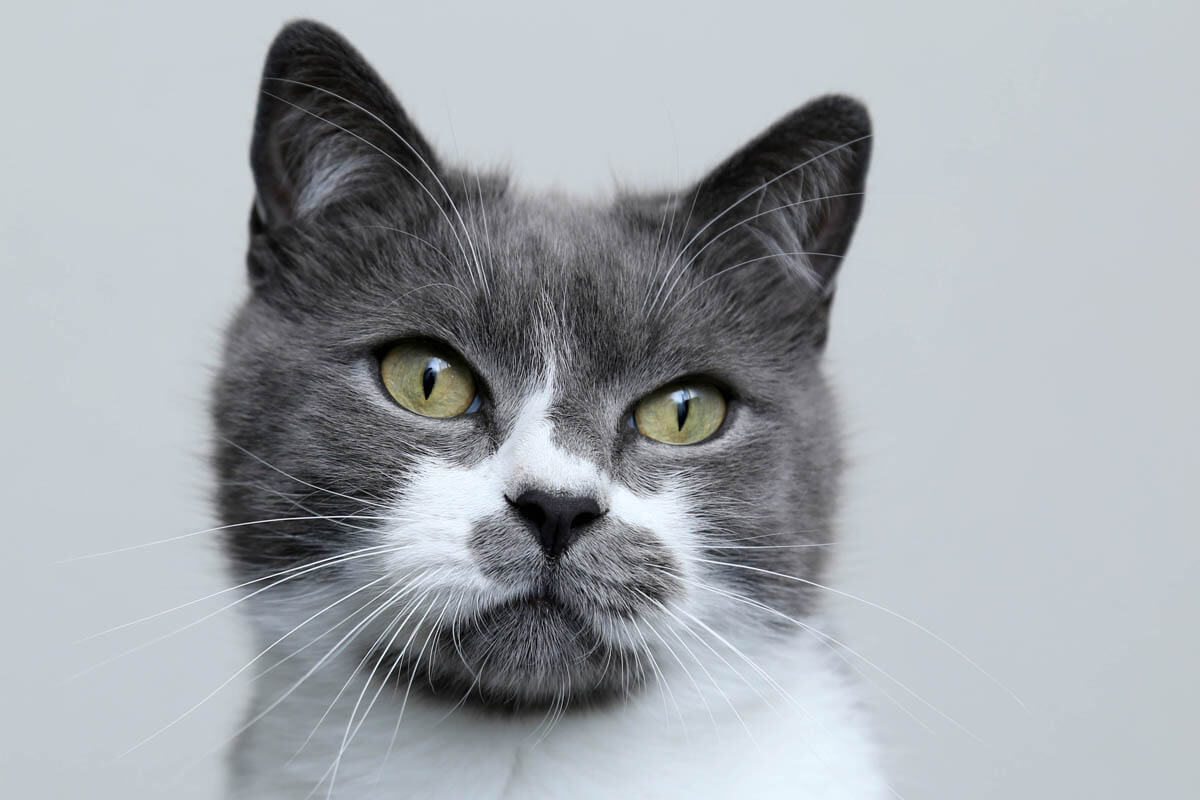Gastric decontamination is a therapy used to treat cats who have had acute exposure to a toxin (such as drugs, toxic food or plants). The purpose is to empty the toxin from the gastrointestinal tract, to decrease its absorption.
There are several methods the veterinarian can use to decontaminate the gastrointestinal tract.
Oral rinse
If exposure was very recent, the veterinarian can attempt to rinse the oral cavity (mouth) to prevent further absorption.
Induce emesis
This procedure removes the toxin from the stomach by inducing vomiting (emesis is the medical term for vomiting). The veterinarian administers an emetic such as xylazine and apomorphine, which promotes vomiting.
Indications:
For cats who have had exposure to the toxin within the past 1-2 hours after exposure.
Contraindications:
- Alkalies, acids, corrosive substances, hydrocarbons or petroleum distillates (paint thinners, solvents, lighter fluids) – If the cat has ingested a corrosive substance as vomiting back the substance can lead to ulceration, perforation and scarring and aspiration (hydrocarbons/petroleum distillates)
- Already symptomatic – Seizures, depression, loss of gag reflex (which lead to aspirating the vomit), difficulty breathing, wobbly gait (ataxia), tremors
- Underlying health problems – Such as heart disorders, megaesophagus and brachycephalic breeds such as Persians and Exotics
- Recent abdominal surgery
Complications and risks:
- Aspiration pneumonia
Gastric lavage
Also called gastric irrigation or stomach pumping, gastric lavage (GL) is less common than emesis induction, and there is some debate among veterinarians about its effectiveness. The procedure must involve irrigating the stomach to remove the toxin and must be performed within two hours of ingestion of the toxin.
Gastric lavage is performed under general anesthesia which renders the cat unconscious. An endotracheal tube (ETT) is placed to protect the airways, followed by a large-bore plastic gastric tube which is passed through the mouth and esophagus and into the stomach. An anti-emetic (anti-nausea) medication will be administered before lavage to reduce the risk of vomiting. A pump attached to the tube instils and removes water from the stomach, which helps to remove the toxin. Several lavage cycles will be necessary to ensure maximum decontamination.
Indications:
- For cats where induced vomiting has not been successful or cats who are not good candidates (see above)
- Toxic material which causes delayed gastric emptying
- Toxins that cause gastric concretions (chocolate, bread dough)
- Large toxins
Contraindications:
Gastric lavage should not be performed under the following circumstances:
- If the cat has ingested a corrosive substance
- Sharp objects
Complications and risks:
- Aspiration pneumonia and respiratory distress
- Risk from sedation
- Mechanical trauma to the mouth, esophagus or stomach
- Electrolyte imbalance
Activated charcoal
Also called active carbon, activated carbon and medicinal charcoal, activated charcoal works by binding to toxins in the gastrointestinal tract to prevent further absorption and facilitates its excretion out of the body via the feces. It generally should be administered within an hour of exposure although it can be of help post 1 hour in some situations, such as slow-release toxins. It can be given as a stand-alone treatment or after induced vomiting and lavage to mop up any remaining toxins.
Activated charcoal does not work with toxic alcohols, acids/alkalis, fluoride, heavy metals (lead, zinc, mercury), essential oils (hydrocarbons), organophosphates.
Administration is either via syringe into the mouth or via a stomach tube if the cat is anesthetised, the cat should be well hydrated.
Indications:
Ingestion of the toxin within the past hour.
Contraindications:
- Ingestion of toxins that are not absorbed by activated charcoal
- Cats who are displaying symptoms of toxicity
- Ingestion of corrosive substances
- Gastrointestinal obstructions
- Increased risk of aspiration due to underlying medical conditions such as megaesophagus
Complications and risks:
- Aspiration pneumonia
- Gastrointestinal obstruction due to bezoar formation
Cathartics
These medications decrease the absorption of toxins by speeding up transit time in the gastrointestinal tract, which promotes excretion of the toxin via the feces. They are usually given with the first dose of activated charcoal (see above) but can also be given on its own. Sorbitol and mannitol are two commonly cathartics used to treat cats.
Contraindications:
- Dehydration
- Vomiting or diarrhea
- Pre-existing kidney disease
Complications and risks:
- Dehydration
- Vomiting
- Abdominal pain
- Hypernatremia (high levels of sodium in the blood) if using multiple doses of sodium cathartic.

